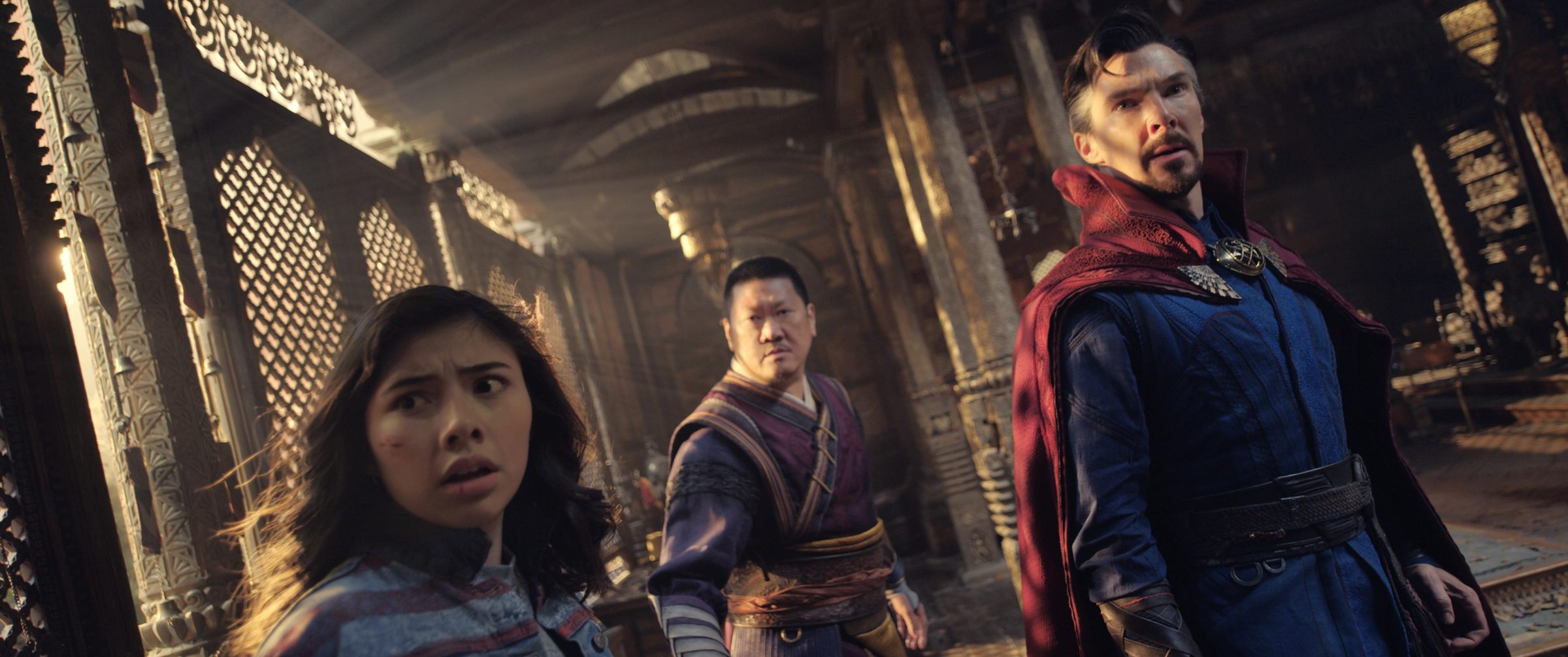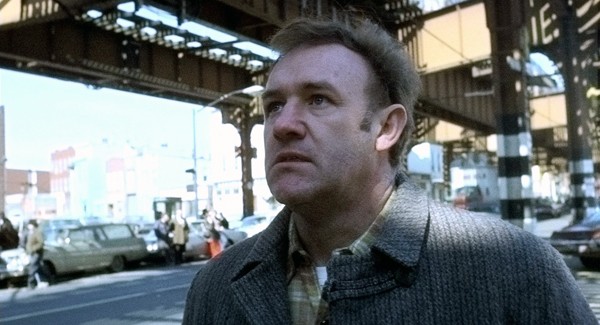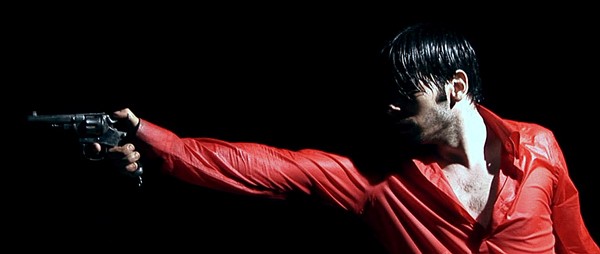August is traditionally a slow month at the cinema as the summer tentpole season plays out. But this August, we’re also seeing the downstream effects of the pandemic production bottleneck. The surprising upshot is that the dearth of megabudget projects has created openings for a wide variety of new films to hit theaters, many of which are well worth your time.
The biggest release this weekend is The Woman King. Viola Davis is the only Black woman to have achieved the “Triple Crown of Acting” — winning an Oscar, an Emmy, and a Tony. She’s one of the elite group of actors who have an entire Wikipedia page devoted to listing her awards. Now, at age 57, she finally gets the big action role that all movie stars get these days. Davis stars as General Nanisca, the leader of the Agoji, an all-female group of warriors who defended the West African kingdom of Dahomey. Think The 300, but with Black women.
The surprise success of Rian Johnson’s Knives Out spawned a mini-wave of cheeky murder mysteries. The latest is See How They Run. Yes, we’ve gathered you all together because one of you is a murderer. Maybe more than one. We’re not sure. It’s complicated. This one is set in the 1950s, when a hit play in London is being adapted for a Hollywood movie by director Leo Kapernick (Adrian Brody). When the director turns up dead, Inspector Stoppard (Sam Rockwell) and rookie Constable Stalker (Saorise Ronan) are assigned to crack the case. The suspects are an all-star cast of pretentious theater people including Ruth Wilson and David Oyelowo. Watch Ronan’s hilarious deadpan in this fun trailer.
Ti West’s X was another surprise hit last spring. Now, the director and his star Mia Goth return with a prequel to that juicy bit of neo-exploitation cinema. Pearl tells the origin story of the elderly killer in X by flashing back to the silent era, where the titular Texan only wants to get out of the sticks and get famous. Early reviews have generated Oscar buzz for Goth, who, as you can see, is absolutely killing it.
It’s Time Warp Drive-In weekend, and if you’re a horror fan, this one is a can’t-miss. Sam Raimi scored the year’s second-biggest box office hit with Doctor Strange in the Multiverse of Madness. You can see how he got his start with 1981’s The Evil Dead. Now considered a masterpiece of horror, The Evil Dead was shot on a shoestring budget in East Tennessee, and gained a big enough cult following to greenlight a sequel. Evil Dead 2 returned star Bruce Campbell to the Rocky Top hills, this time with more money and more know-how. Just look at this incredible scene, a masterclass in both practical effects and walking the thin line between horror and comedy.
The evening at the Malco Summer Drive-In will conclude with the third Evil Dead film, 1992s Army of Darkness, in which our not-too-bright hero Ash is transported back in time to save a medieval kingdom from the Deadites. Listen up you primitive screwheads! This is how it’s done!






